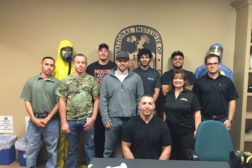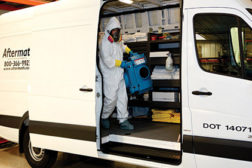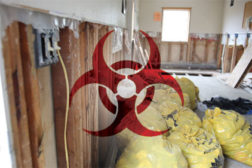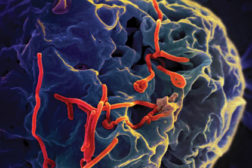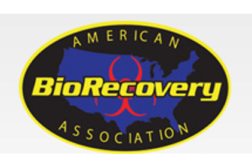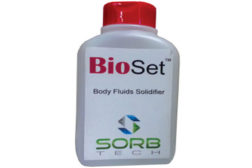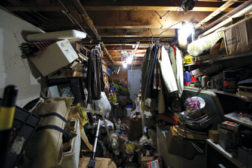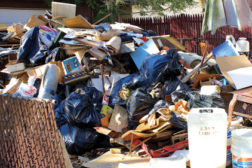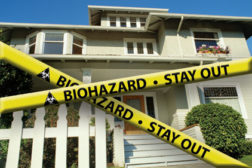Home » biohazard cleanup
Articles Tagged with ''biohazard cleanup''
Hoarding: Perception Doesn’t Equal “Reality”
While reality TV shows have raised awareness about hoarding, they often send a poor message about other aspects of the work – like safety.
Read More
Dead Bodies Can Breathe New Life Into Duct Cleaning: A Case Study
Routine duct cleaning job transforms into bio-hazard scene after corpse is found on site.
Read More
Stay ahead of the curve with our eNewsletters.
Get the latest industry updates tailored your way.
JOIN TODAY!Copyright ©2025. All Rights Reserved BNP Media.
Design, CMS, Hosting & Web Development :: ePublishing
